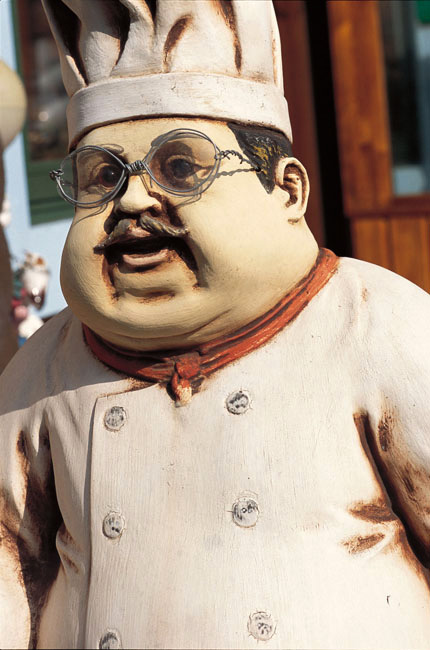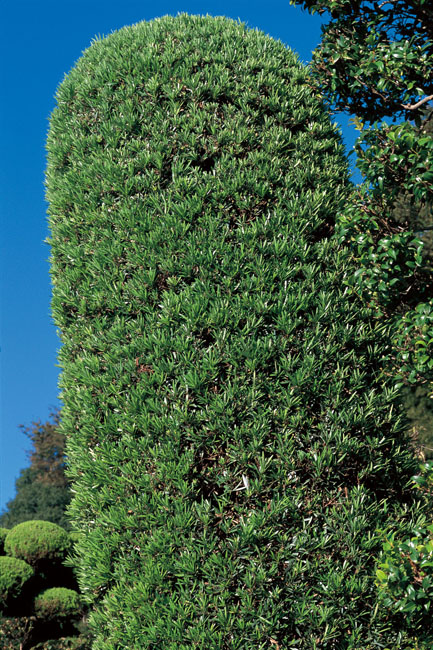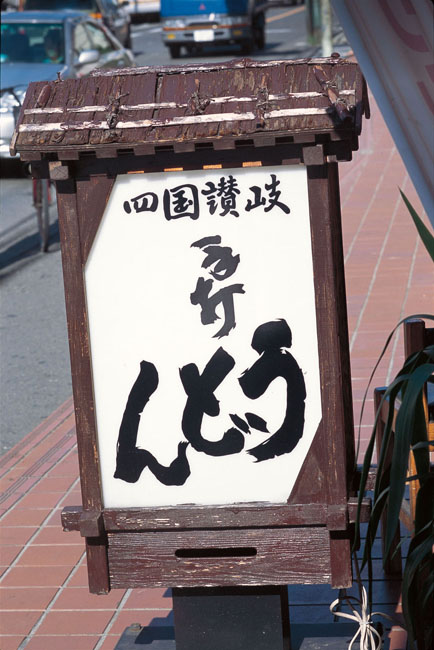In a footnote in his dissertation on Takuma Nakahira , Franz Prichard points out that Nakahira saw magazines as the “principal battlefield” of his work, and then goes on to argue that art history (when it has dealt with Nakahira) has failed to account for this context:
The sustained impoverished view of Nakahira’s work at the level of photographic art historical discourse contains a two-fold displacement: first his images are extracted from not only the textual practices that accompanied them but also the historical milieu of representational practice with which they were engaged. Secondly, displacing image and text from this crucial ‘battleground’ of periodical media is to sever his work off from the expansive critical horizon of possibility these media embodied for Nakahira.
I don’t know what the art historical discourse around Nakahira is like—has anyone besides Franz written on him seriously outside of Japan?—but I can imagine the way in which his images might indeed be separated easily from these two contexts, i.e. the discursive and the material. The implicit challenge here is for art history to account for these contexts, and that’s more or less what I am hoping to do with a short study on a body of collaborative photographs taken largely by Kiyoji Otsuji that were published in the magazine Asahi Graph between 1953-54. A selection of these images currently live in the collection of MOMA , where they sit in mattes and look exactly like this:
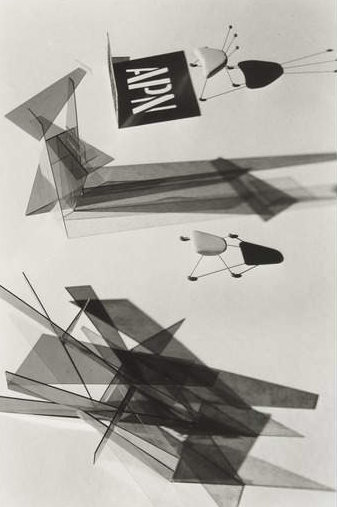
MOMA has a 2003 portfolio that was reprinted from Otsuji’s negatives and sold in an edition of 10. But the photographs themselves, as I said, were published in a broadsheet magazine, Asahi Graph, so in their original context they would have looked more like this:
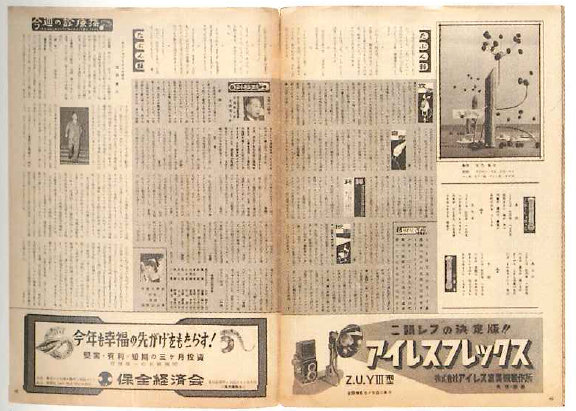
So one of the first challenges to my study is clear: how should I account for the material context in which this work appeared? What kind of space was Asahi Graph at this time—what else was it publishing? This is the historical aspect of the study. The formal aspect (the more properly art historical aspect, perhaps) will look at what’s going on inside of the photograph. This is something that seems to drive people outside of art history crazy, though maybe these people dismiss formal analysis because that provides them with a justification to avoid doing it themselves. In any case, the formal analysis doesn’t even have to be restricted to the image; it can be linked to the discourse around the photograph and the possible “avant-garde” status of this work.
